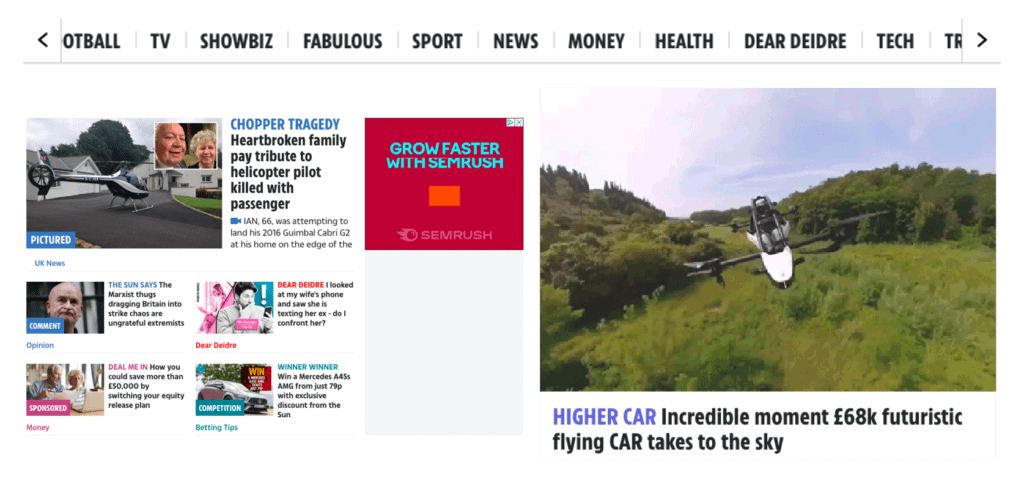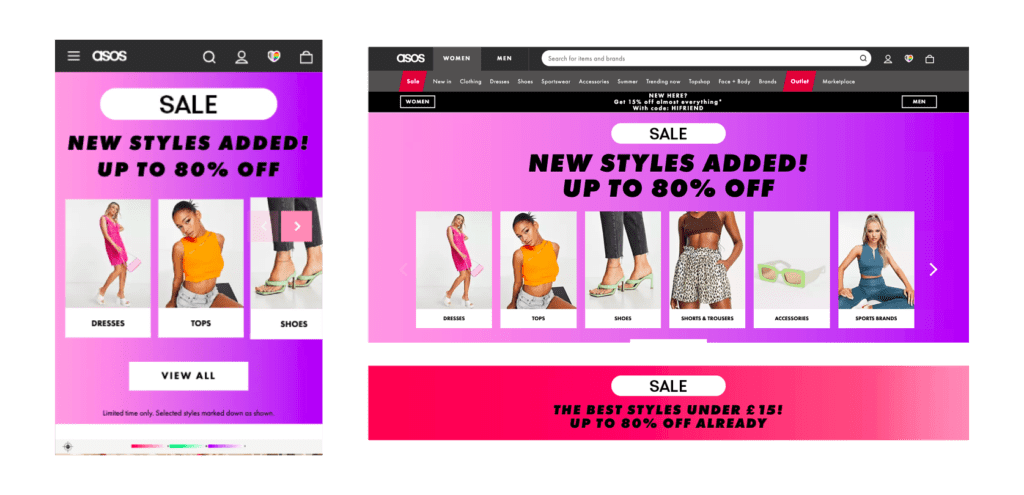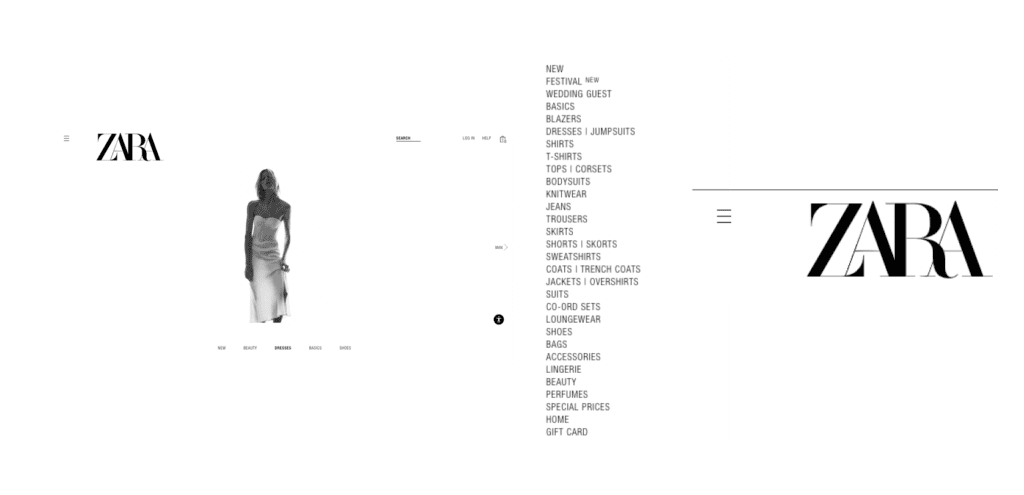
Accessibility is everywhere – for a good reason. With growing ideas of inclusivity and community across the internet, accessibility has become a growing issue. Why have a website when those with disabilities cannot browse through your website without ease? This has become a growing question in recent years, as capabilities on web design and accessibility have grown.
With accessibility’s importance increasing year by year users can quickly suss out the good accessible websites from the bad. In a 2020 study, it was found that 98% of the websites found on the internet are not fully accessible, which means only 19 million out of 1.9 billion websites are fully accessible for people with disabilities. But what makes a ‘good’ site and what makes a ‘bad’ accessible website?
With their massive influence and presence in British culture, it comes as no surprise that the BBC have a fantastically accessible website. The BBC have been an advocate for inclusivity for many years, and this approach has expanded to their digital presence.
For starters, the site has excellent responsive design, smoothly shrinking and expanding to any size of screen without any pieces of information within the screen being cut off. Each news story is neatly tucked into various categories, such as ‘Sports headlines’, ‘Around the UK’ and ‘Entertainment news’, with supporting subheadings to ensure each category is differentiated. Most of the BBC’s accessibility enhancements are small, but welcome additions to help users navigate the site easier and provide additional information. The site also has a whole resource page dedicated to accessibility, with clear copy on a white background, it’s clear that accessibility is a big part of BBC’s online strategy. The accessibility even extends to iPlayer, with every programme including subtitles for those who are hard of hearing. Such accessibility is rarely seen, with substance replacing style in every respect.

Unfortunately, the same could not be said about The Sun website. When browsing through The Sun, it’s clear that accessibility is not at the forefront of their design choices. In contrast, the website follows no clear structure for users to follow, which may prove a challenge for users with disabilities who are looking for specific articles or information. On top of this, the navigation bar at the top of the page scrolls, making it difficult to keep track of the website sections users may be looking for specifically. Low quality imagery and even missing images also plague the website, which would make it hard for users with visual impairments to find content based on imagery alone.

The importance of accessibility expands across just News sites, it’s ingrained in a range of sectors, ranging from personal blogs and social media, to crowdfunding and E-commerce sites.
The ASOS site is a fantastic example of how an e-commerce site can balance brand identity and advanced accessibility and a sleek and eye-catching package. The site has a fantastic sense of clarity, in choice of its fonts, colours and imagery – it’s bold in every sense of the word. The navigation is easily identifiable and easy to use as it should be, and lastly, the site is about as responsive as the BBC News website, an admirable comparison for sure.

Conversely, Zara suffers from prioritising its style over every other element. The home page relies heavily on imagery, offering no real ‘easy’ way to get to specific pages. Users should eventually notice the hamburger menu that sits in the top left corner of the page, with the homepage’s reliance on imagery, it’s easy to miss the menu – but even then, things don’t get much better. Upon opening the menu, users should find the options are expansive and in a very small font, making navigation very hard for those with visual impairments. The site also has tons of white space, making it feel very empty and sparse, offering no real user experience breakthroughs.

Accessibility is an issue that is intricately tied to the user experience and the idea that websites should be adaptable to the needs of the user, to ensure a smoother user experience. Without it, how can we experience a website to the fullest effect? This is the core reason why accessibility is so important. As inclusivity has become a growing issue over the years, websites and even whole businesses have had to adapt to a growing and changing world. So when you’re building your new website, keep accessibility in mind and how it would likely make a difference to users with disabilities – you’ll never know the amazing results it will bring you!


